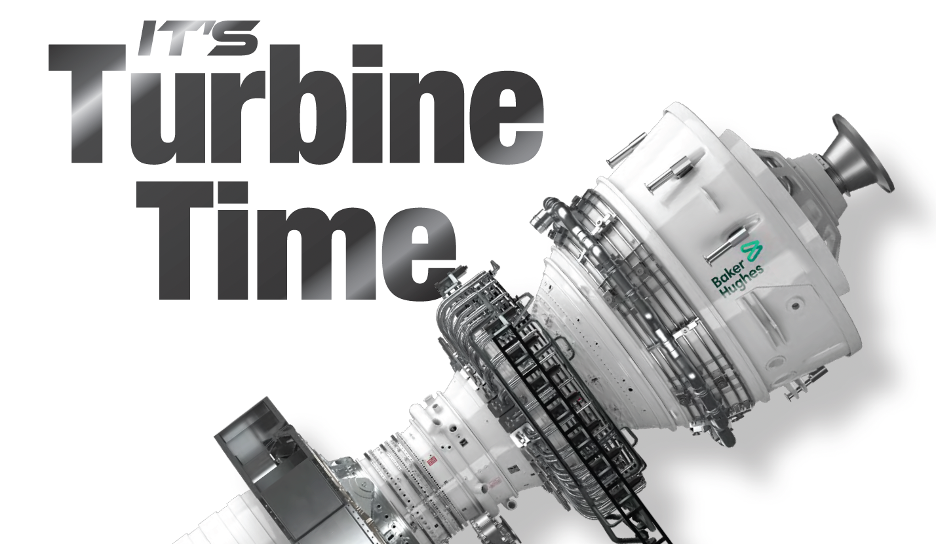Article
Turbo Tips: Centrifugal pumps
Author(s):
A FORGOTTEN TURBOMACHINERY APPLICATION IN OIL & GAS REFINERIES, CHEMICAL PROCESS PLANTS AND POWER UTILITIES
Operating conditions that were not mentioned in the pump’s order document and were not considered in pump design have been responsible for more than 60% of all unscheduled shutdowns. Alternative operating points and transient operating situations have always been important in this regard. The flow rates, required heads, liquid details and net positive suction head (NPSH) available (in different scenarios) should be accurately indicated for all possible operating situations for any pump.
In poor pump selection, the specified rated point is located either in the overload region (which can indicate too small a pump is selected) or areas relatively close to the shut-off point. The rated operating point should be close to the best-efficiency-point (BEP).
It is difficult to note a general guideline, since the limits depend on the pump details, pump curve and application. As an indication, the rated capacity should preferably be located in the range of 70% to 111% of the BEP flow. There is usually more concern on the overload region (111% can be a firm limit) to prevent an undersized pump selection.
Bearing and seal issues
Depending on many details, such as the pump curve, another limit might be relaxed to around 60% of the BEP flow. The majority of pump damage and reliability issues (especially bearing issues and seal problems) are due to pump operation at points relatively far from the BEP point.
The flat curve of a pump can cause operational problems. In such a pump, rapid flow changes, fluctuations and instability can be experienced as a result of a small head change (a small operational change downstream). A minimum of 8% rise from the rated point head to shut-off head should be achievable for any pump. For process pumps such as API pumps, critical pumps and refinery pumps, the minimum head rise to the shut-off could be 12%.
A well-known API 610 pump standard is used for reliable and high-performance pumps mainly in oil, gas, refinery, LNG and petrochemical services. API 610 is usually considered the minimum specification for pumps which handle hazardous, flammable, toxic and explosive liquids since any reliability issue or even a small incident in the pump could result in a disaster. API 610 pumps are also popular in extreme temperature services or low temperature applications.
“Operating conditions that were not mentioned in the pump’s order document and were not considered in pump design have been responsible for more than 60% of all unscheduled shutdowns.”
Another important pump code, often employed for some chemical or utility services, is the ANSI standard. Note, though, that there are some essential differences between ANSI pumps and API pumps. For example, horizontal API pumps are often centerline-mounted while ANSI pumps (horizontal) are usually foot-mounted.
Therefore, a thermal movement of the shaft centerline of a horizontal ANSI pump can be two or three times more than the thermal movement of a comparable centerlinemounted horizontal API pump. This could have a direct effect on pump train alignment and pump reliability. It also shows the superiority of API pumps for refinery type liquids, hydrocarbons, petrochemicals, extreme temperature services and critical applications.
The question sometimes occurs on when to use API 610 for a service. This decision could depend on the application, pump head, operating temperature, power rating, capacity, pump speed and expected reliability. The main variable is the service.
For a differential pressure of more than 20 Bar, API 610 is usually specified. When the pumped liquid temperature exceeds 140oC (and also for low temperature applications), API 610 is preferred.
Pump power rating
When it comes to pump power rating, though, the decision is a bit more tricky since many non-API and manufacturer’s standard pumps are available (with successful references) for high power ranges in a wide ranges of services. As a very rough indication, API 610 can be considered for anything above the 300 kW range. Non-API high-speed pumps are not as popular. Additionally, for services with a pump speed above 4,000 rpm, an API pump would be a good option.
It is recommended that a between-bearing (BB) pump design is used when the size, power rating and power-density exceed a certain level. As a rough indication, this limit could be above 400 kW; for a high-speed pump, it could be lower, perhaps with a limit of around 200 kW.
Newsletter
Power your knowledge with the latest in turbine technology, engineering advances, and energy solutions—subscribe to Turbomachinery International today.




